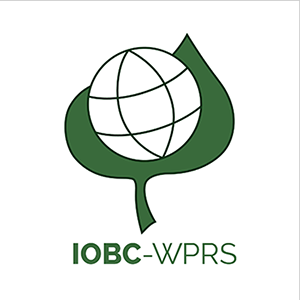
Integrated Pest Management solutions for the control of Polyphagotarsonemus latusin ornamentals: from trial to practice
€ 0.00
Bruno Gobin, Marc Vissers, Els Pauwels
Pages: 47-50
Abstract: The broad mite Polyphagotarsonemus latus is a major pest of ornamental crops, withoutbreaks causing serious economic damage. Due to the disappearance of broad spectrumpesticides, control of broad mites proves to be a serious challenge for growers. Recent researchfocus on biological control of this pest showed promising results that could be implemented in anIntegrated Pest Management (IPM) approach. In this paper we describe results of trials testing thebiological efficacy of 2 complementary control strategies: biological and physical. In field trialson the sensitive ornamental plant Azalea, we show the strength of both independent strategiesand suggest how these could be alternated to control broad mites throughout the productioncycle.